[caption id="attachment_1003732998" align="aligncenter" width="450"]
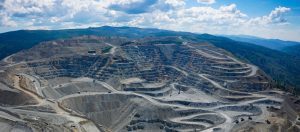 The Copper Mountain mine near Princeton, B.C. Credit: Copper Mountain Mining
The Copper Mountain mine near Princeton, B.C. Credit: Copper Mountain Mining[/caption]
BRITISH COLUMBIA –
Copper Mountain Mining has released 2019 operating results and provided three-year production guidance for its 75%-owned Copper Mountain mine. The company’s total production of 87.2 million lb. copper-equivalent last year came in at the lower end of its guidance range of 86 million lb. to 95 million lb. with 22.6 million copper-equivalent lbs. produced in the fourth quarter.
Over the next three years, the miner expects production around the 100 million lb. copper-equivalent level with a plant expansion to 45,000 tonnes per day, up from 40,000 tpd currently, expected to be commissioned by the end of this year.
“We are now well positioned to deliver strong production, improved grades and lower cost as a result of the significant development completed in 2019 at the Copper Mountain mine,” Gil Clausen, the company’s president and CEO said in a release. “The benefits of that investment were evident in the fourth quarter of 2019, with strong production and grade improvement as we opened up more high-grade zones in our main pit.”
The improvements in grade are expected to continue into this year.
In 2020, all-in sustaining costs are forecast at US$1.95 to US$2.20 per lb. of copper. An additional US$33 million is planned for expansion projects, primarily allocated towards the concentrator expansion at Copper Mountain.
The company acquired the Copper Mountain mine in 2006 and started production in 2011 with a 35,000 tpd mill.
Current reserves across the Copper Mountain project stand at 477 million tonnes grading 0.23% copper, 0.1 g/t gold and 0.73 g/t silver for a current mine life of 31 years. The company is currently working on a pre-feasibility study to examine the option of a plant expansion beyond the 45,000 tpd level.
Mitsubishi Materials holds a 25% stake in the Copper Mountain project.
For more information, visit
www.CuMtn.com.
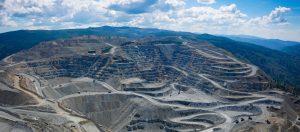
 The Copper Mountain mine near Princeton, B.C. Credit: Copper Mountain Mining[/caption]
BRITISH COLUMBIA – Copper Mountain Mining has released 2019 operating results and provided three-year production guidance for its 75%-owned Copper Mountain mine. The company’s total production of 87.2 million lb. copper-equivalent last year came in at the lower end of its guidance range of 86 million lb. to 95 million lb. with 22.6 million copper-equivalent lbs. produced in the fourth quarter.
Over the next three years, the miner expects production around the 100 million lb. copper-equivalent level with a plant expansion to 45,000 tonnes per day, up from 40,000 tpd currently, expected to be commissioned by the end of this year.
“We are now well positioned to deliver strong production, improved grades and lower cost as a result of the significant development completed in 2019 at the Copper Mountain mine,” Gil Clausen, the company’s president and CEO said in a release. “The benefits of that investment were evident in the fourth quarter of 2019, with strong production and grade improvement as we opened up more high-grade zones in our main pit.”
The improvements in grade are expected to continue into this year.
In 2020, all-in sustaining costs are forecast at US$1.95 to US$2.20 per lb. of copper. An additional US$33 million is planned for expansion projects, primarily allocated towards the concentrator expansion at Copper Mountain.
The company acquired the Copper Mountain mine in 2006 and started production in 2011 with a 35,000 tpd mill.
Current reserves across the Copper Mountain project stand at 477 million tonnes grading 0.23% copper, 0.1 g/t gold and 0.73 g/t silver for a current mine life of 31 years. The company is currently working on a pre-feasibility study to examine the option of a plant expansion beyond the 45,000 tpd level.
Mitsubishi Materials holds a 25% stake in the Copper Mountain project.
For more information, visit
The Copper Mountain mine near Princeton, B.C. Credit: Copper Mountain Mining[/caption]
BRITISH COLUMBIA – Copper Mountain Mining has released 2019 operating results and provided three-year production guidance for its 75%-owned Copper Mountain mine. The company’s total production of 87.2 million lb. copper-equivalent last year came in at the lower end of its guidance range of 86 million lb. to 95 million lb. with 22.6 million copper-equivalent lbs. produced in the fourth quarter.
Over the next three years, the miner expects production around the 100 million lb. copper-equivalent level with a plant expansion to 45,000 tonnes per day, up from 40,000 tpd currently, expected to be commissioned by the end of this year.
“We are now well positioned to deliver strong production, improved grades and lower cost as a result of the significant development completed in 2019 at the Copper Mountain mine,” Gil Clausen, the company’s president and CEO said in a release. “The benefits of that investment were evident in the fourth quarter of 2019, with strong production and grade improvement as we opened up more high-grade zones in our main pit.”
The improvements in grade are expected to continue into this year.
In 2020, all-in sustaining costs are forecast at US$1.95 to US$2.20 per lb. of copper. An additional US$33 million is planned for expansion projects, primarily allocated towards the concentrator expansion at Copper Mountain.
The company acquired the Copper Mountain mine in 2006 and started production in 2011 with a 35,000 tpd mill.
Current reserves across the Copper Mountain project stand at 477 million tonnes grading 0.23% copper, 0.1 g/t gold and 0.73 g/t silver for a current mine life of 31 years. The company is currently working on a pre-feasibility study to examine the option of a plant expansion beyond the 45,000 tpd level.
Mitsubishi Materials holds a 25% stake in the Copper Mountain project.
For more information, visit 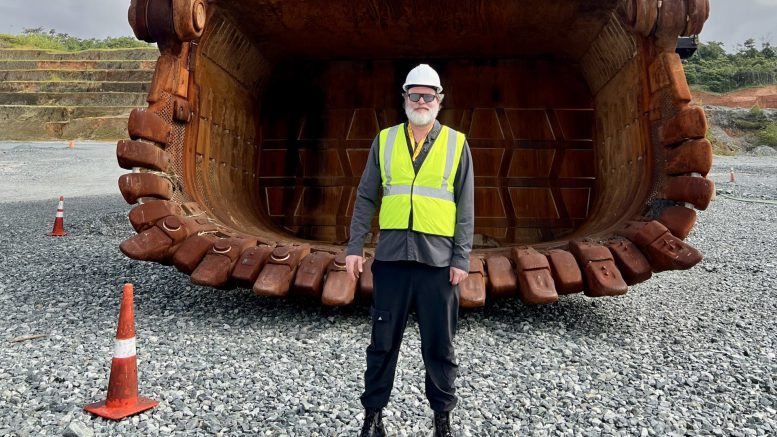


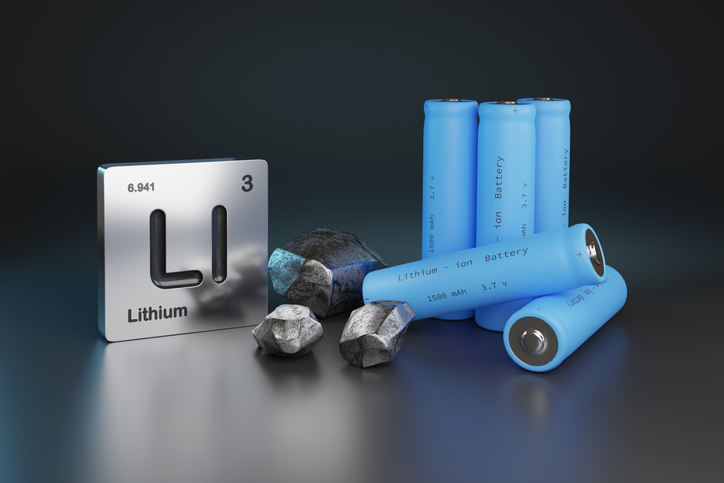
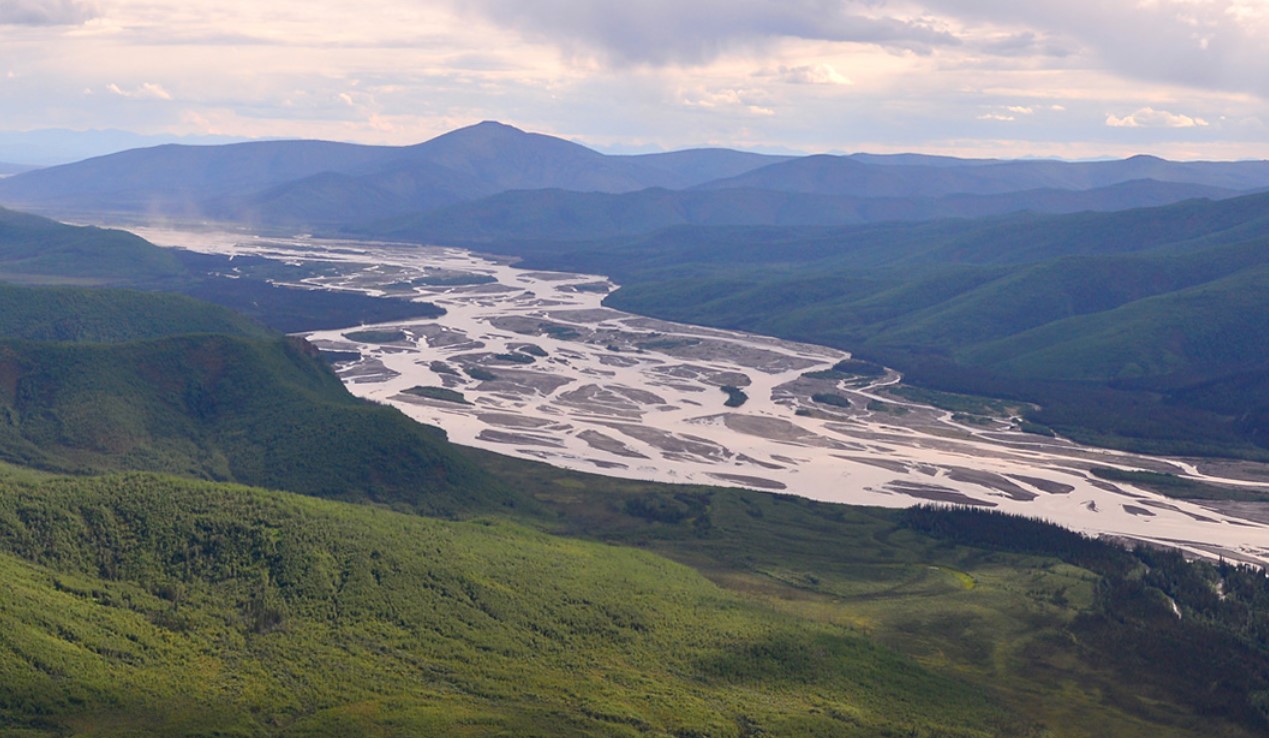
Comments
Sarah Chesterman
BC needs to re-think what’s sustainable in terms of its heavily-emphasized raw resources development, with the effects on surrounding ecosystems/ waterways so clearly seen in the dying forest [& once-abundant wildlife habitat] of Manning Park — an obvious blight on our province’s iconic natural environment. Truly a shame we do not hold extraction industries to a higher standard of conservation/ forest-protection measures in all development projects here, for which we’re already paying too high a price..
[A proper Species At Risk law with teeth would be a long-overdue start]